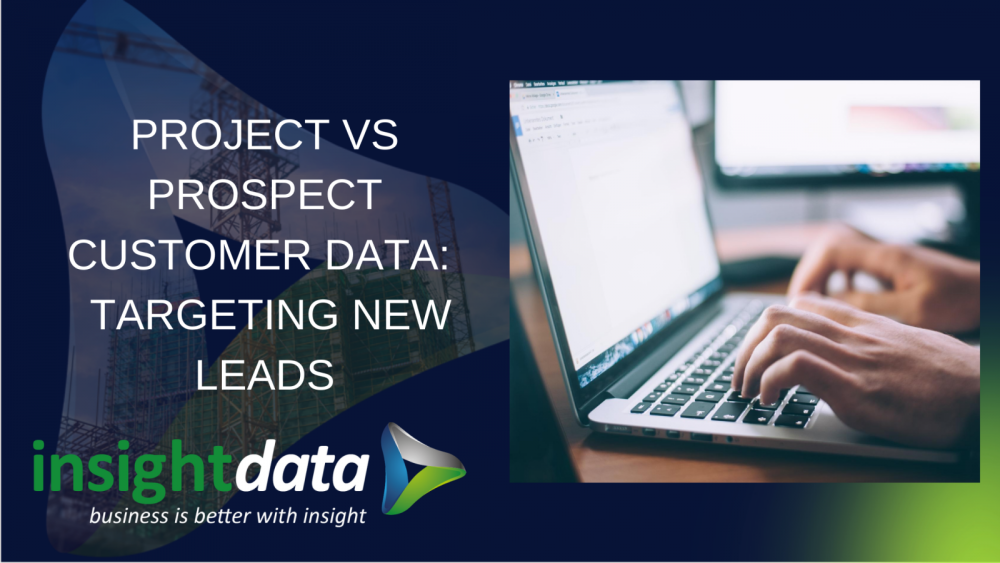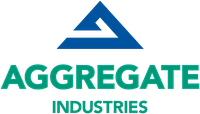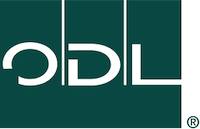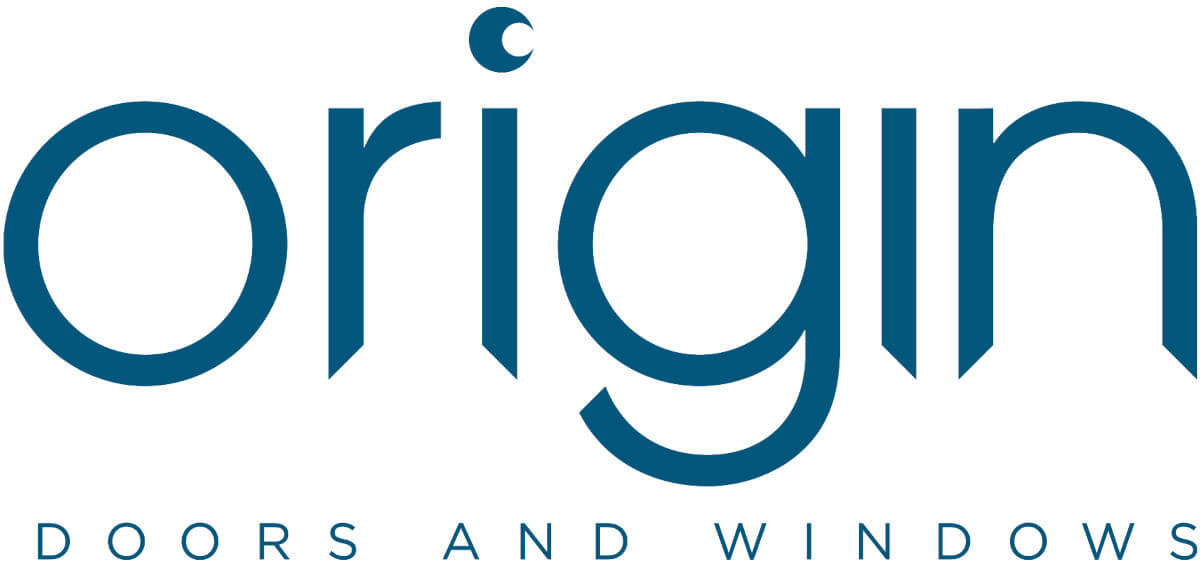Project vs prospect customer data: targeting new leads


Are you putting together a B2B strategy in order to drive new leads?
A great way to achieve that is to develop a new prospect list. A prospect list detailing the best, most relevant targets will help you to save time on prospect research and improve the conversion rates of your marketing.
But how do you find a ready-made list of prospects that is only relevant to your business?
Should you use project or prospect data to get new leads?
In this article we’ll look at the differences between project and prospect data and how each data type can be used to get new leads for your business.
Prospect lists
A prospect list is a directory of potential clients who might benefit from your business’s offering. Identifying prospective clients can be a time-consuming task but is essential for establishing healthy long-term customer relationships.
Prospect and project data lists can be bought from data providers who collect that information and sell it on. This is much easier than trying to create a prospect list on your own.
Data lists can be bought as static (one off) documents or through online CRMs that manage and update the data to keep it fresh.
Project or prospect data
In today’s data-driven world it is vital to access the most up-to-date and accurate data for your marketing strategy. Typically, marketing managers use prospect data or project data to create their own lists of targets.
Both data types offer different features that can help with new prospect marketing.
Whether you use prospect or project data sets, the main objective should always be to gain an advantage over your competitors and, most importantly, get more leads for your business.
Learn more about how we use prospect data to target the best customers for you!
What is Project Data in construction?
Project data provides information on building projects from the initial submission of a planning application right through to the completion of the building works.
Project data can include:
- Building project funder
- Main contractor
- Contracts
- Specifications
- Handbooks
The data contains details of organisations involved along with the details of any key decision makers. Customers can see what work is being carried out and specialised supply contractors (you) will have the chance to pitch to the client or main contractor.
Pros of project data
- Supply and demand – Project data typically details upcoming projects that need resources. They show building projects that have already been signed off. Therefore, a seller of products and services can meet immediate demand and supply that project. The pro here is that project data can show projects that are best suited for the products or services you sell.
Cons of project data
- More competition – Although you may be supplying an immediate need, marketing your products/services on a project basis means that you are contacting the contractor later in the project process. Unfortunately, this means you will be competing with other suppliers who are doing the same thing as you.
- Limited prospects – Project data normally only details larger scale projects. Smaller projects are listed but not actively pushed. These records are stored on Smalls databases. This means that you could be missing out on a larger number of smaller projects.
- Longer Process – The nature of using project data to market products/services is that you are matching your offering to an immediate or upcoming need. However, the process to win this business may be longer than a ‘prospect first’ approach. Typically, each project is assigned an ‘agent’. This person is solely responsible for the project.
What is prospect data in construction?
As the name would suggest, prospect data will tell you all about the businesses you are trying to target. When compared to project data, prospect data provides a much wider view of the businesses you want to target. This is because prospect data contains more business-critical information than project by project data.
Prospect data can include:
- Main contact/decision maker contact
- Size of business
- Historical and current output of business
- Individual contacts
- Additional helpful information such as products made
The data contains vital intel on a target business along with the details of any key decision makers involved in buying in materials or products.
Pros of prospect data
- Build long term relationships – Being able to contact the best person at a target business armed with lots of useful information about them will allow you to customise your approach. A call in to a decision maker not prompted by a specific project means that you can gauge and assess how best to sell your offering on an ongoing basis. If you can become a business’s ‘go-to’ provider this may represent a better lead for you.
- Get in before your competitors – Knowing detailed information about the businesses you want to target, their products, markets and financial position (combined with direct details of their decision makers) will allow you to have a head start on your competition on initial contact.
Cons of prospect data
- Prospect data is very powerful when used by a skilled salesperson. The nature of prospect data gives a salesperson helpful ‘hooks’ to sell an offering based on their needs. So, if your salesperson lacks the ability to connect with a decision maker on a personal level the effectiveness of prospect data can be blunted.
However, in the right hands, prospect data can push a sales pitch over the line and set you up for future success with that lead.
Use ‘live’ data
The freshness of data is extremely important.
Why? If you buy a static one-off database spreadsheet your marketing list will be out of date very quickly. As the UK heads into a recession there will be many businesses that will go under. That means your one-off data list won’t be helpful and will be virtually unusable after 6 months.
Decision makers change, employees leave. Sending marketing communications to defunct email addresses or wrong contacts within an organisation damages your reputation. Data decay is a massive challenge and causes missed opportunities to connect with potential new customers.
Accessing prospect databases that are continually updated should therefore be a priority.
The answer = use project AND prospect data
Although project and prospect data differ in several ways, they don’t have to be exclusive to each other. In fact, if you want to develop an effective B2B outreach strategy, using a combination of prospect and project data may be a great idea.
If you use both prospect and project data to target new prospects you can:
- Develop close relationships with your prospects and become their ‘go–to‘ provider
- Target a mix of small and large building projects to supply
- Get access to fresh and accurate data for businesses that you want to target
Insight Data – fresh data solutions for lead generation
Insight Data provide the UK’s most accurate prospect marketing data for the glazing and construction industry. In-depth intelligence helps our clients to segment and target new customers. It’s the fastest, easiest and most effective way to maximise results and generate leads.
Insight Data has pioneered live data providing customers with access to the latest, most accurate information in real-time, using 7 different methods to continuously research, update and validate information. Our tele-researchers make over 20,000 calls a month and data is updated immediately. Any out of date records are removed automatically.
Project vs Prospect Customer Data To Target New Leads: We can help you
Our database offers unrivalled market intelligence and business information to enable you to connect directly with the relevant decision makers and help grow your business. The better the data, the better your results.
We’d love to help you with your outreach strategy. We offer fresh, filterable prospect data within a robust and easy–to-use CRM system. If you would like to find out more about our services, contact us now.































